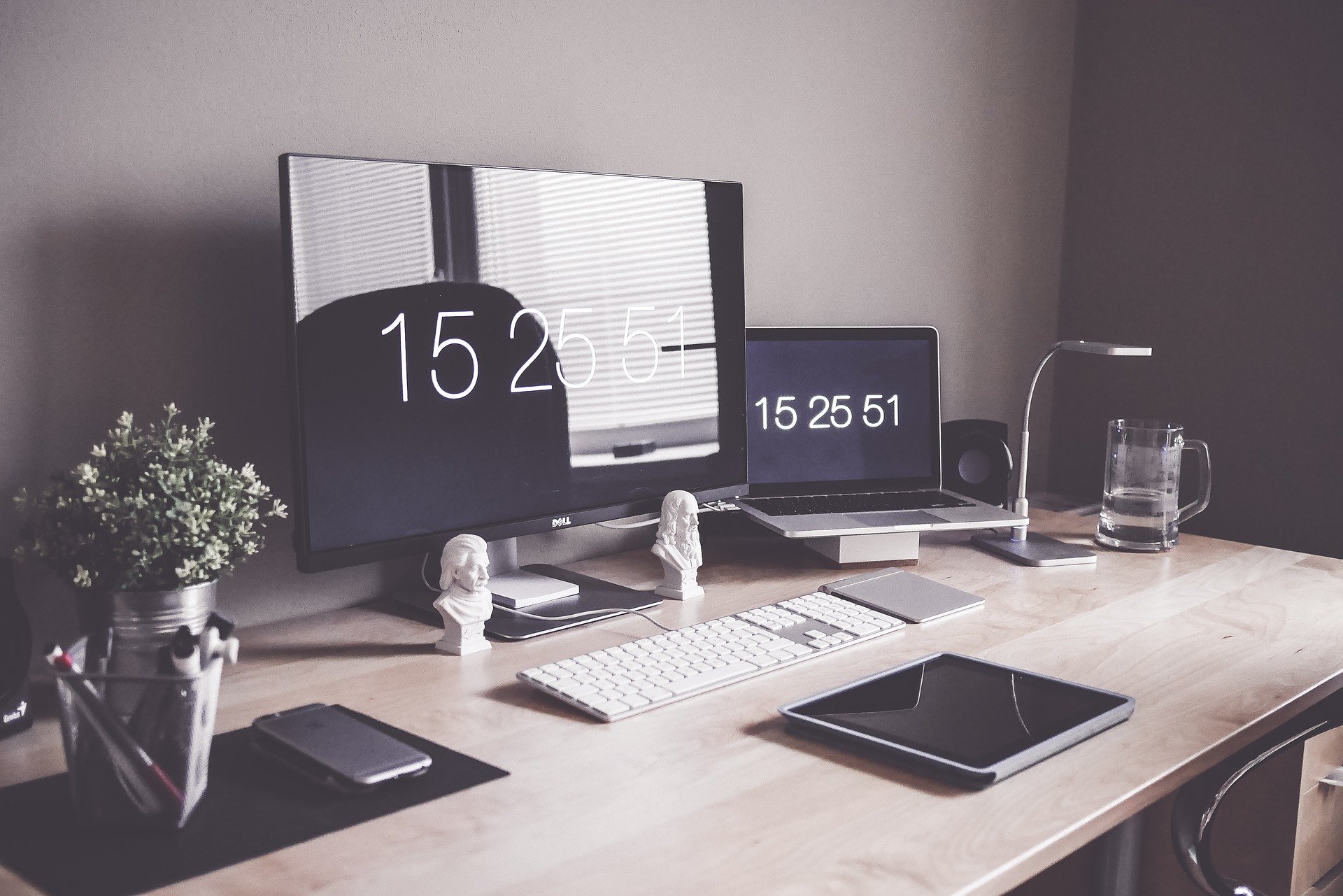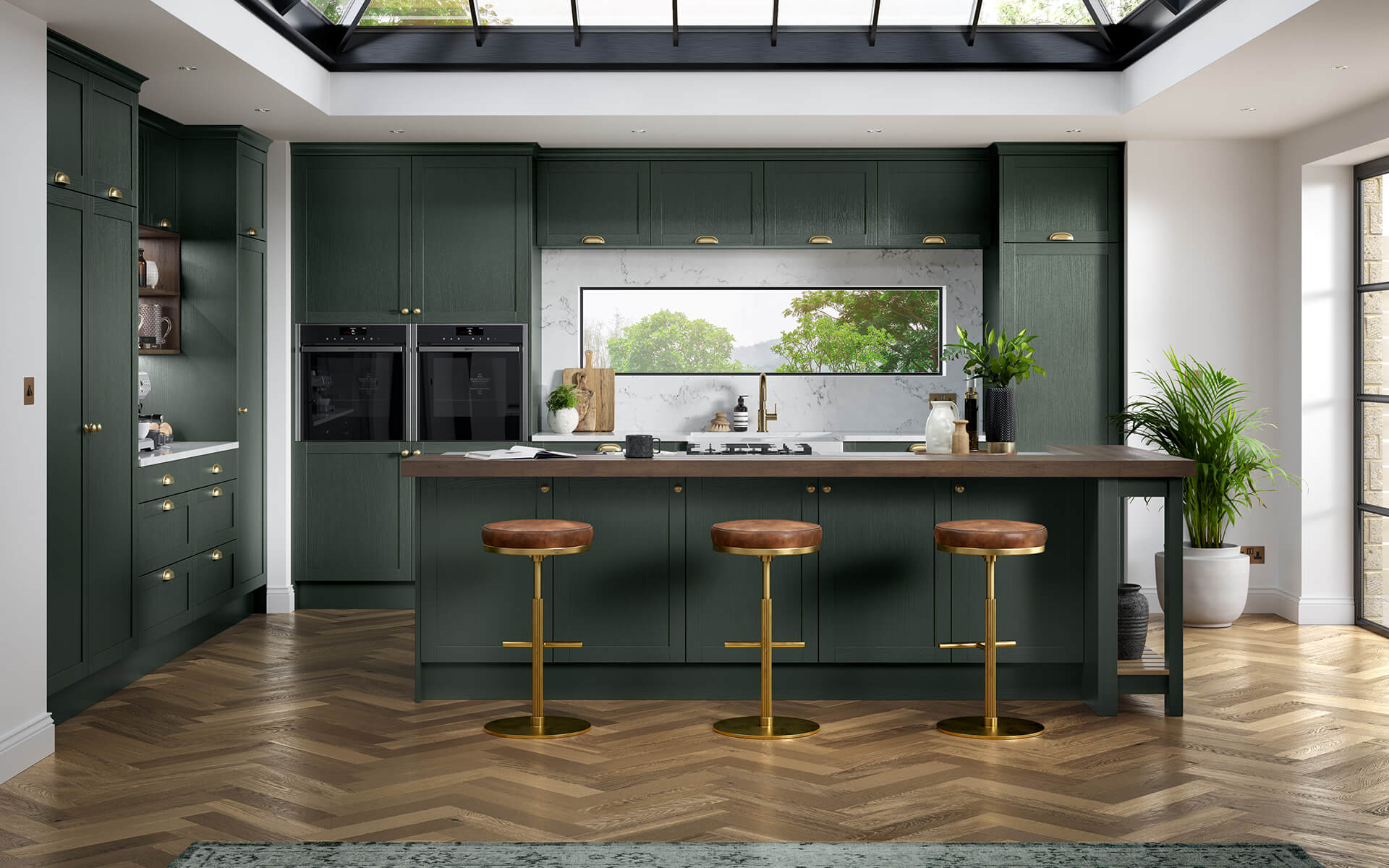Last Updated on: 22nd November 2023, 03:19 am
When working from home became the new normal for many people during COVID-19, there were questions over whether this would continue once the pandemic eased. However, the latest Census data found that 16% of working people now work exclusively from home, and 28% work from home and their workplace in an average seven-day period, proving that this was not merely a pandemic adjustment.
Although there are numerous benefits to working from home, 30% of people have struggled to separate their home and work lives with this setup, and if this resonates with you, it’s time to take action. A key way to distinguish these two areas is to create a motivating, professional place for you to work from. Here are four top tips to get you started.
Choose the right room
Ideally there will be a spare room you can turn into a home office, but not everyone is lucky enough to have that much space. So, you may need to look at the rooms you already have and see how you can tweak them to create a workspace.
Consider things like lighting, space, and potential distractions — would you be tempted to turn on a TV, or could you lose focus if you’re next to a window by a busy road? Existing furnishings or architectural features might help you make a decision too. For example, a dining table could double up as a desk during the day or if you have a living room alcove, you could try and utilise that as a work area that’s slightly separate from the rest of the space.
Spruce up the space
Making a few simple changes could transform the space and make it a much more pleasant place to work. That could mean painting the walls your favourite colour, making the lighting more pleasant by adding or replacing lamps, or surrounding yourself with flowers and houseplants.
You’ll also want to ensure everything looks tidy and professional — as well as helping you get into ‘work mode’, it will also create a good impression on video calls with colleagues. Think about things like touching up paint, filling cracks in the walls, or adding rugs if the carpet or flooring is looking a bit lifeless.
The final step is personalisation. Decorate the space so it feels unique to you but remember that this is a workspace so you still want the decor to look and feel professional. For example, experts at Soho Frames note that posters could “add a bold statement to a home office”, so you could consider hanging images of people who inspire you or posters of motivational quotes.
Having some of your favourite books displayed nearby might help get your creative juices flowing, while you could also incorporate whiteboards or pinboards so you can quickly jot down and display ideas.
Consider the practicalities
Check that there is space for all the things you’ll need to carry out your work. For most, that will include a desktop computer or laptop, mouse, and maybe a printer. However, you may have other requirements depending on the nature of your work.
Comfort is also key if you’re likely to be sat down for most of the day. Sitting on your bed, sofa, or dining chair might seem adequate but it’s important to have proper support for the sake of your spine. An ergonomic office chair is the best option but there are alternatives you could consider if space is an issue. A kneeling office chair, for instance, has no back and encourages good posture by sliding the hips forward and aligning the back, shoulders, and neck. This is something you may be able to slide under a table when you’re not using it.








